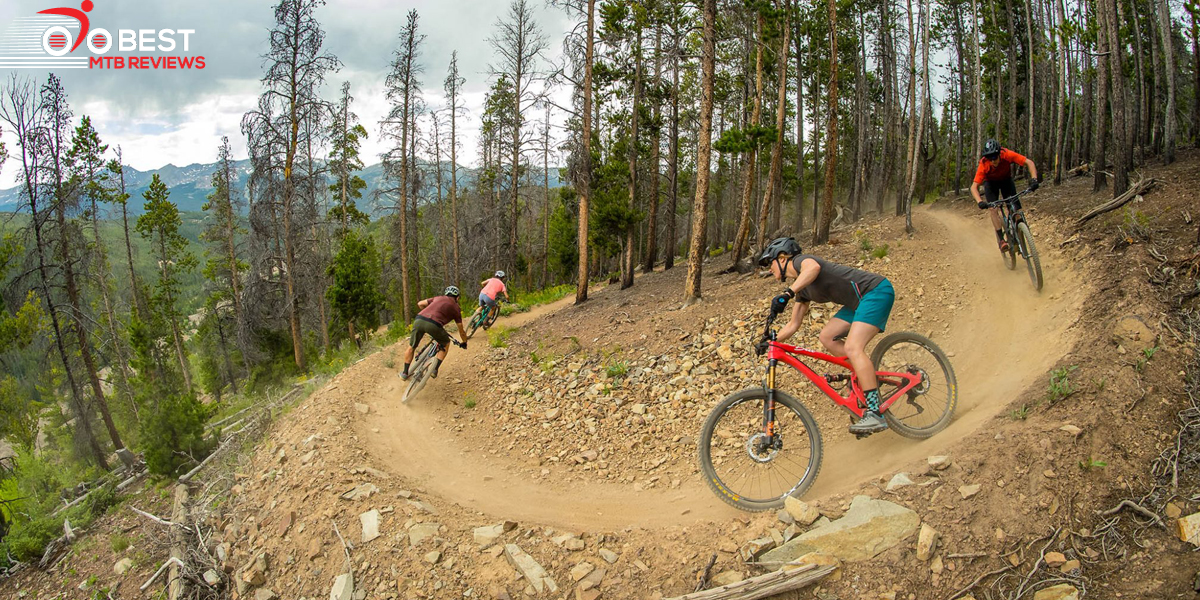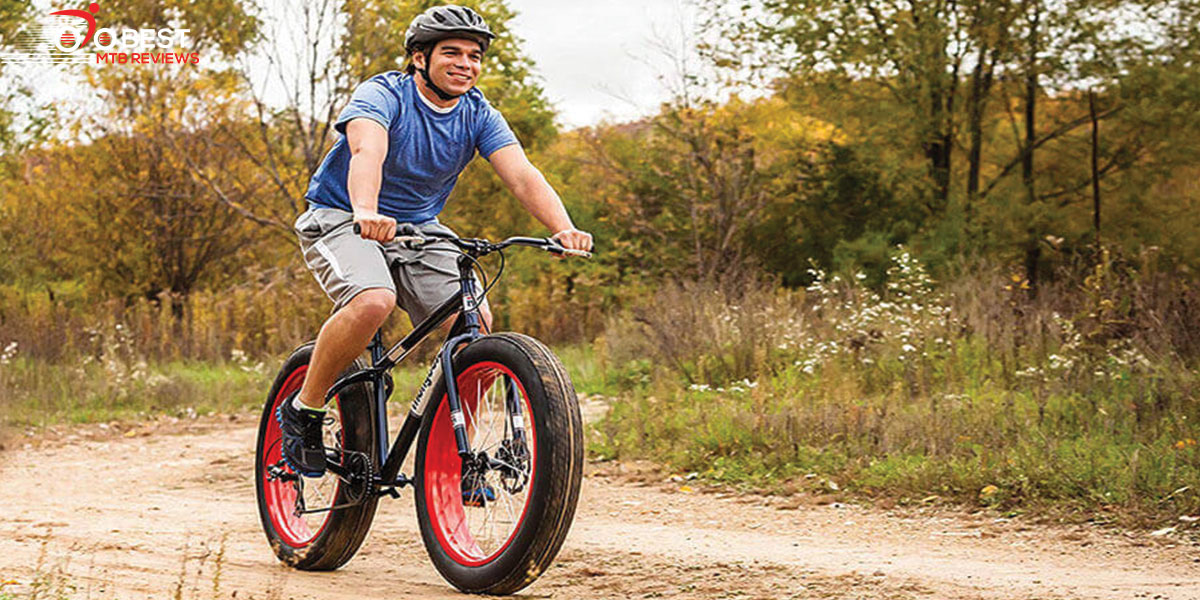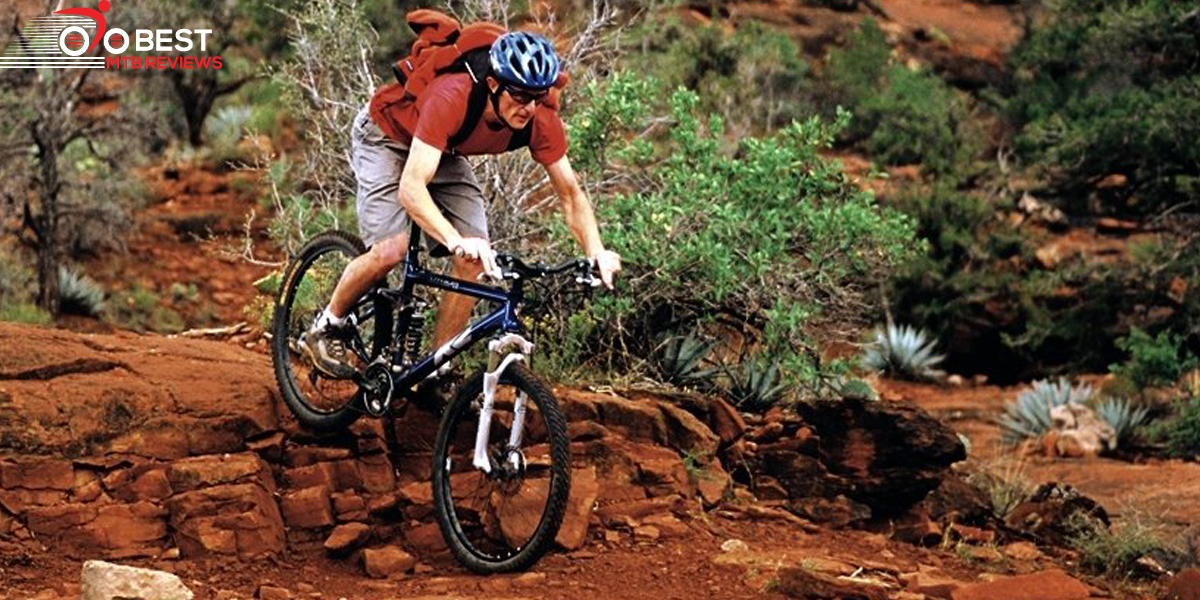Top 10 Ways to Improve Your Mountain Bike Riding Skills
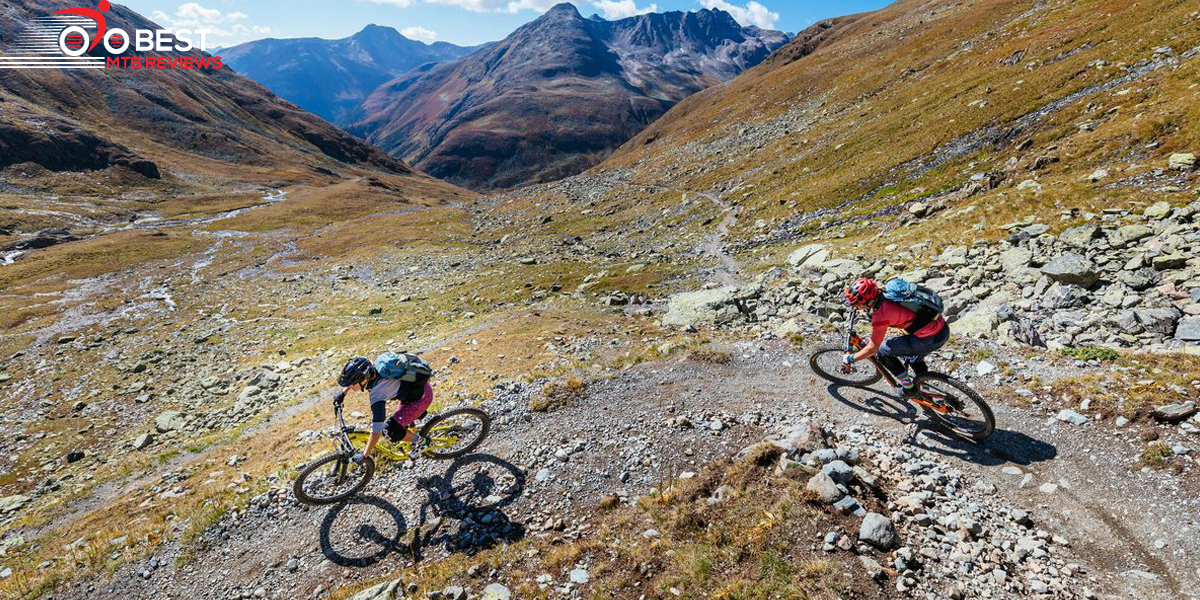
To be a professional mountain biker, it’s insufficient to have speed and wellness simply. You should likewise have a specific level of functional riding capacity and bicycle taking care of skills. Bringing speed through specialized sections, climbing steep bends, and exploring roots and shakes are a piece of practically every rough terrain ride.
Similarly, you train to be all the more vigorously fit; you can likewise chip away at refining your taking care of capacity to turn into an overall progressively equipped rider. Incorporate these ten things into your riding to improve your mountain biking skills, and become an all the more balanced MTB competitor.
1. Focus to where you go:
When you are on the trail, look clearly where you want to go, particularly on trails with a lot of roots and shakes. If you take a gander at the stone or tree that you are endeavoring to maintain a strategic distance from, you will most likely hit it. Instead, focus on the target that you want to take.
This is called target fixation. There is a confounded explanation concerning why this works, yet don’t stress over that—it only does. Continuously keep eyes forward and discover the line that you want, and you will ride smoother.
2. Keep up Your Bike:
It is hard to focus on the trail when you are tuning in to abnormal clamors originating from your bicycle. Great bicycle support only takes a couple of minutes, and it can spare you from a long walk, or more regrettable, a trek to the crisis room. Regardless of whether you can’t fix your bicycle, checking it will allow you to bring it into the shop before you hit the trail.
Go over the whole bicycle and search for whatever is exhausted, split, broken. Set in mind that minor issues at home can turn out to be huge issues on the trail. Also, make sure that the bicycle is set up to fit you. A bike that is too enormous or too little will be challenging to control.
3. If you can’t ride a section of the trail, continue attempting!
Don’t be hesitant to stop and “session” a specialized zone amid your ride. Possibly it’s a precarious downhill, rough ascension, or tight corner that continues misleading you. Break down the section and work online decision and giving new positions a shot your bicycle until you “clean” it. The only method to show signs of improvement is to ride outside of your customary range of familiarity.
4. Don’t disregard the ascensions!
Frequently when we consider specialized trail riding, we envision riding downhill. In any case, it’s similarly as essential to be skillful on steep and testing moves all things considered amid drops. Body positioning, outfitting, and accelerating productivity are necessary for these kinds of trips. Keeping up a neutral position on the bicycle, and a smooth and fantastic pedal stroke will frequently get you to the top of most shake or root-strewn climbs.
5. Figure out how to be agreeable out of the seat:
Regardless of whether you’re moving your weight back for soak plunges, dashing, or lifting your bicycle over a stone—mountain bikers invest a great deal of energy out of the seat. Get settled in this position, and figure out how to appropriately position your body about the bicycle. The goal is to exchange weight to your pedals and to stay light on the handlebars.
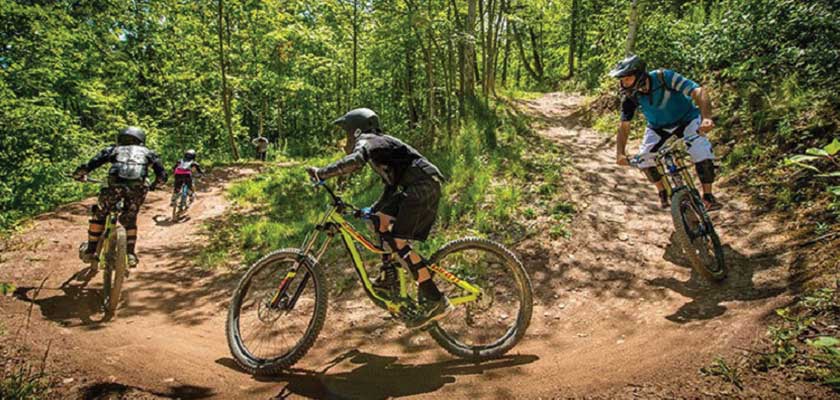
6. Rhythm and productivity are two keys to good riding:
The more useful and smooth you are in and out of the seat, the better you’ll have the option to deal with the specialized landscape. You can refine your rhythm amid preparing with single leg bores and committed rhythm work amid beat exercises. Additionally, focus on smooth transitions all through the seat and keeping your pedal stroke liquid as the territory changes.
7. Stop:
Bouncing and adjusting skills genuinely pay off when riding specialized trails. Being able to ground to a halt and after that, begin again without putting a foot down makes it simpler to keep your energy.
These are both done while stopping. However, you can trust with the bicycle while you are jumping to go up and over stuff (stairs, rocks, individuals, and so forth). Unadulterated stationary adjusting—likewise called a track stand—is done without clutching the brakes. To gain proficiency with this, work ongoing as moderate as could reasonably be expected and feathering your brakes to cut your speed. It is almost effortless to get familiar with this on a slight robust inclination. Soon you’ll have the option to adjust without going anywhere by moving your weight and moving the bicycle underneath you.
Jumping is kind of a similar concept yet done with the two brakes bolted while you get the 2 wheels to keep the bicycle underneath you. With your body focused between the 2 wheels, pack your body, at that point push down smoothly to raise your body up and afterward pull up with your arms and legs. It takes practice, yet it will soon turn out to be helpful and straightforward.
8. Take the cleanest line, not the hardest:
Work on picking the cleanest and most effective lines through the unpleasant territory. As a rule, the best route isn’t the hardest or generally testing. Bringing speed through testing sections could compare to performing hard moves to traverse it. Ride clean for the best outcomes.
9. Don’t disregard quality preparing:
Mountain biking is physical and requires the commitment of a lot a more significant number of muscles than merely your legs. A firm chest area and center are essential, particularly as the trails become all the more testing. Focus on a firm grasp, arms, shoulders, and trunk to make it securely through tight trails.
10. Ride Everywhere:
If you give the additional time that you spend on your bicycle, the better you will get. Ride to the post box, to the store, to the bistro. This will strengthen your riding skills as you ride here and their checks, avoid potholes and outpace furious chihuahuas. Once you can go without much of a stretch ride down a few stairs, you can approach trail deterrents with somewhat more confidence.
Mountain biking is a dynamic game that requires speed, artfulness, and wellness. As a rule in the quest for speed and wellness, we dismiss the artfulness, and neglect to hone our dealing with skills. Riding specialized territory confidently won’t only make you a superior racer.
However, it will improve your experience on the bicycle, and you’ll have a ton of fun regardless of what trail you’re on. By actualizing these ten hints to improve your mountain biking skills, you’ll become a stronger and progressively confident rider—paying little respect to what the trail tosses at you.
